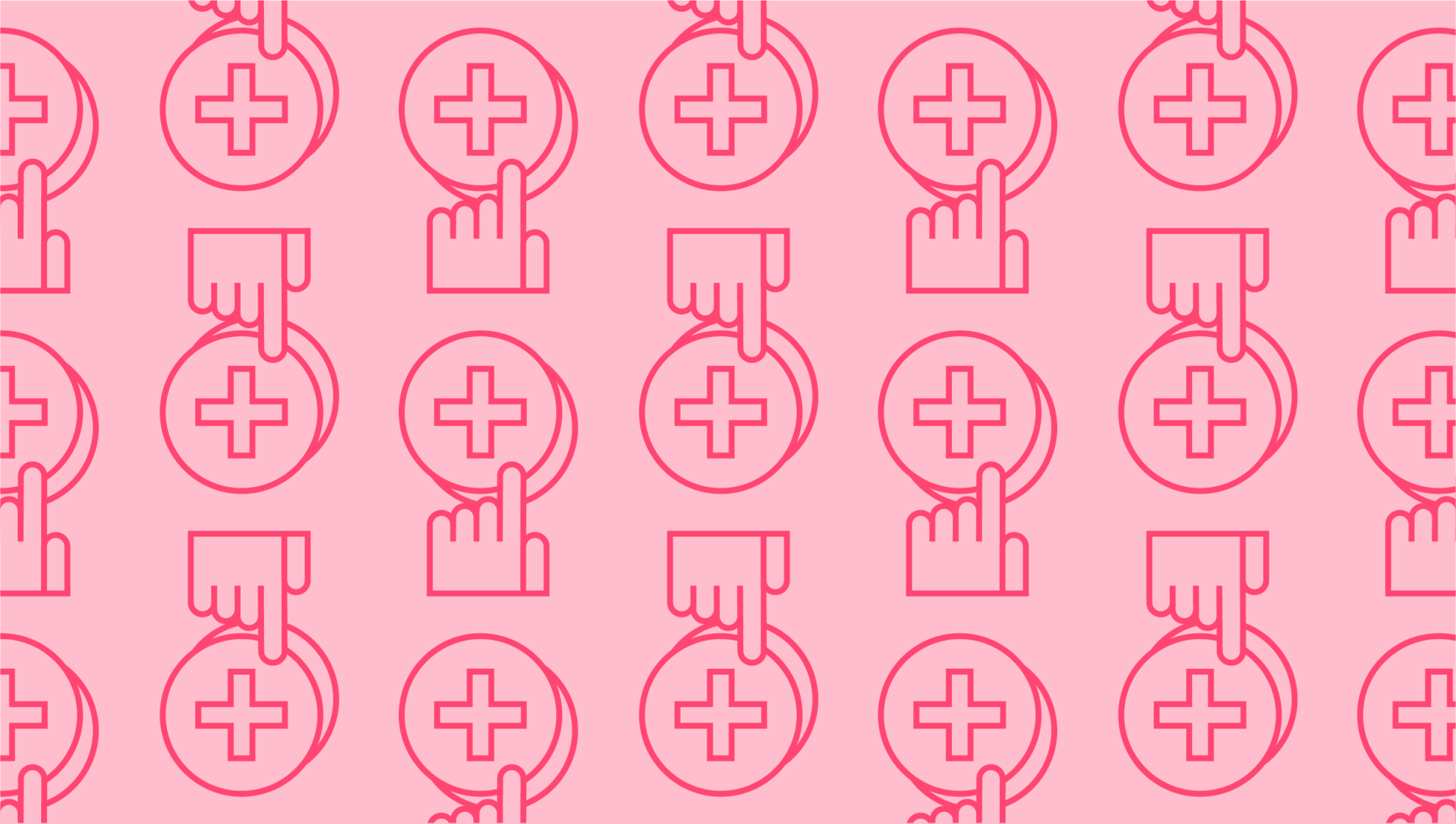
New Hire Onboarding Checklist
Last editedAug 20212 min read
You’ve reviewed hundreds of resumes, browsed through plentiful LinkedIn profiles, and conducted dozens of interviews to find the right fit for your organization. The next step is onboarding your new hire. From legal paperwork to orientation activities, here’s an employee onboarding checklist to follow.
Employment contract checklist
After you’ve jumped through the hoops of recruitment, the next step is to send over an employment contract. This makes the new hire official by outlining their legal rights. It should include all relevant information pertaining to the role within your company:
Title and job description
Compensation
Benefits
Start date
Working hours
Intellectual property and non-disclosure agreements
Termination and severance
Ideally, this will be filled out in person so that your new hire can consult with HR if they have any questions or concerns.
New hire paperwork checklist
In addition to the employment contract, there’s a host of new hire paperwork to fill out. Some forms are legally required within the U.S. including all state and federal tax forms. Other forms help set up payroll and benefits.
Form I-9: This verifies that the employee is eligible to work within the U.S. and requires that you review supporting documents, such as a permanent resident card or passport. You must retain this form on file.
SSN: The employee will usually need a valid Social Security Number (SSN), so many employers will make a copy of the new hire’s social security card to keep on file.
Form W-4: This shows the amount that will be withheld in taxes every pay period.
Emergency contact form: This lets you know who to call in case of emergency.
Benefits forms: These could include health insurance, retirement plans, and life insurance depending on the benefits offered.
Payroll and direct deposit information: This outlines how the employee will be paid.
Company policies: These might be included within your employee handbook, otherwise the new hire will need to sign policy forms related to health and safety.
Pre-orientation checklist
The onboarding process begins before the new employee’s start date. Here’s a quick checklist of what you need to do before they arrive.
Send your new hire an orientation email outlining their start date and location, key contacts and team members, dress code, and first week agenda. Knowing what to expect on the first day can make the onboarding process run more smoothly.
Prepare the new hire’s workstation, ensuring they have a clean desk or office with all necessary equipment.
Set up computer equipment and network access, including a company email.
Issue logins and passwords for relevant company software.
Prepare building alarm codes and key cards to ensure they have access to all necessary parts of the workspace.
Preparing these things in advance ensures more effective communication, cuts down time on the first day, and makes you look organized.
New hire orientation checklist
Orientation is another major component of employee onboarding, giving you a chance to introduce new hires to the team and showcase how your company works. An orientation program typically lasts for the first week, although for smaller businesses it may only take a day. Here’s what it often includes.
Introduce your new hire to their immediate team members.
Schedule a one-on-one meeting with the supervising manager.
Explain what they’ll be doing in a typical day and how these tasks fit into the wider company goals.
Give a tour of the facilities, highlighting health and safety points.
Show them how to use relevant equipment and software.
Assign a training task to assess on-the-job skills.
Give a rundown of further training and development opportunities.
Tips for easier onboarding
By following this onboarding checklist, you can ensure that your new hire has all the resources they need for success. It’s hard for employees to walk into an unfamiliar office, so make it easier for them by minimizing surprises on the first day.
From the HR end, you can prepare as much of this in advance as possible. Schedule training sessions and company meetings ahead of time, taking care that equipment is ready to use. It’s also important to make sure important paperwork is filed away or submitted in a timely manner. An electronic filing system and regular reviews are highly recommended.
We can help
GoCardless helps you automate payment collection, cutting down on the amount of admin your team needs to deal with when chasing invoices. Find out how GoCardless can help you with ad hoc payments or recurring payments.
